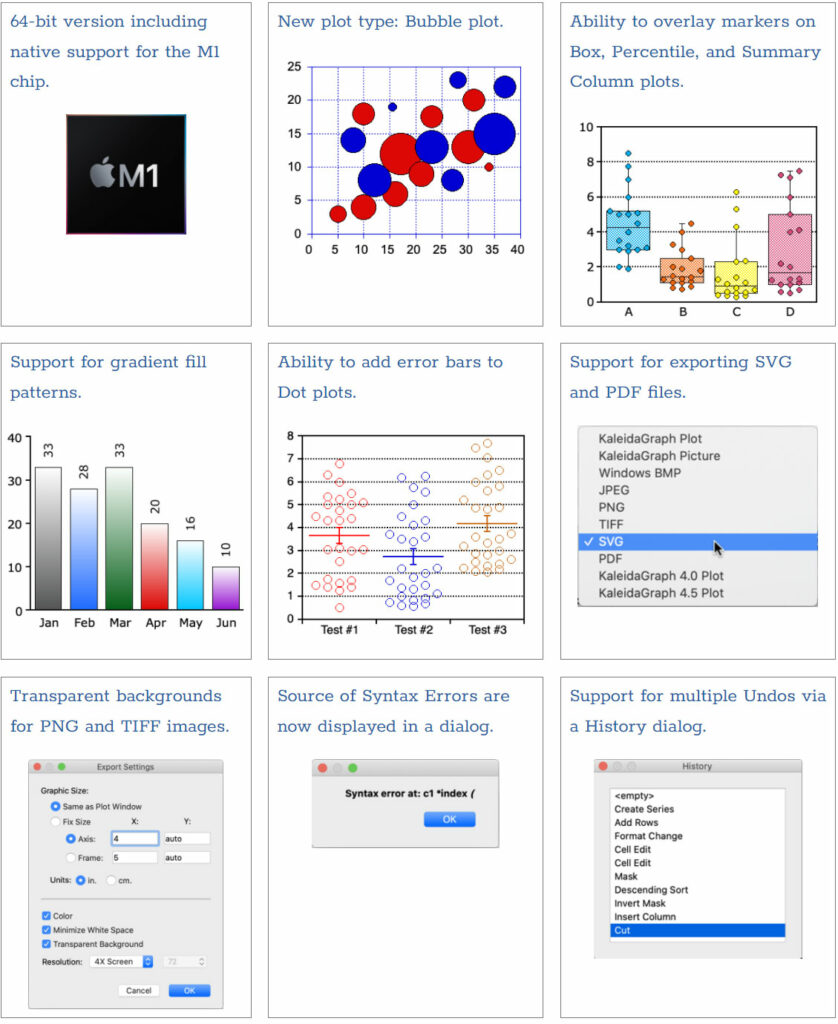

Data from in vitro studies demonstrated that AgNPs induce cytotoxicity and genotoxicity through the production of reactive oxygen species (ROS), DNA damage, cell cycle arrest, ultimately leading to inflammation, apoptosis, and cell death. The widespread application of AgNPs has raised public safety concerns about their adverse effects on human health and the environment. Currently, a large variety of consumer products contain AgNPs, including food packaging materials, dietary supplements, cosmetics, textiles, electronics, household appliances, medical devices, water disinfectants, and room sprays. It has been estimated that of all the nanomaterials manufactured, silver nanoparticles (AgNPs) have the highest degree of commercialization, owing largely to their broad spectrum of antimicrobial activities against bacteria, fungi, and viruses, including HIV and SARS. Only 54 consumer products claimed to contain nanomaterials in 2005, but the number has surged to more than 1600 today. The use of engineered nanoscale materials in consumer products has increased dramatically over the past decade.


Although transcriptomic responses to AgNPs and Ag + were substantially similar, AgNPs exerted specific effects on ESCs due to their nanosized particulate form. Taken together, the results presented in the current study demonstrate that both AgNPs and Ag + caused transcriptomic changes that could potentially exert an adverse effect on development. The effects of AgNPs on oxidative stress and downstream apoptosis were subsequently confirmed by flow cytometry analysis. Conversely, it was noted that several members of the heat shock protein and the metallothionein families were upregulated by AgNPs but not Ag +, suggesting specific oxidative stress effect of AgNPs in ESCs. Nevertheless, a number of canonical pathways related to cancer were found for Ag + but not for AgNPs. In both cases, most of the functions and pathways impacted fell into two major categories, embryonic development and metabolism. Despite the large differences in the numbers of DEGs, functional annotation and pathway analysis of the regulated genes revealed overall similarities between AgNPs and Ag +. After 24 h exposure, 101 differentially expressed genes (DEGs) were identified in AgNP-treated cells, whereas 400 genes responded to Ag +. The present study characterized transcriptomic changes induced by 5.0 µg/ml AgNPs during spontaneous differentiation of mouse ESCs, and compared them to those induced by Ag + under identical conditions. However, no studies have been conducted hitherto to evaluate their effect on cellular transcriptome in embryonic stem cells (ESCs). To date, in vitro toxic effects of AgNPs and ionic silver (Ag +) on many somatic cell types are well established. The widespread application of silver nanoparticles (AgNPs) and silver-containing products has raised public safety concerns about their adverse effects on human health and the environment.


 0 kommentar(er)
0 kommentar(er)
